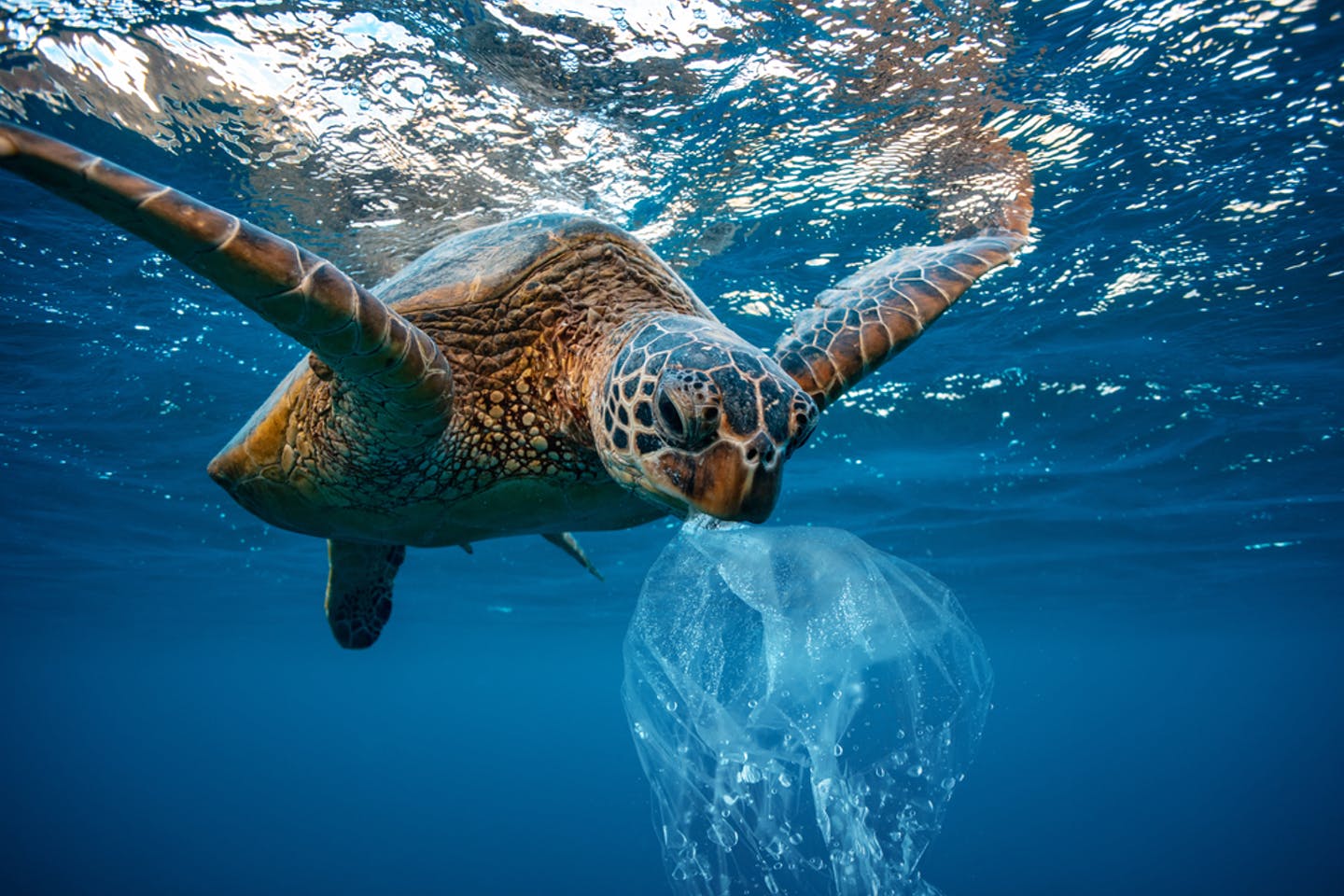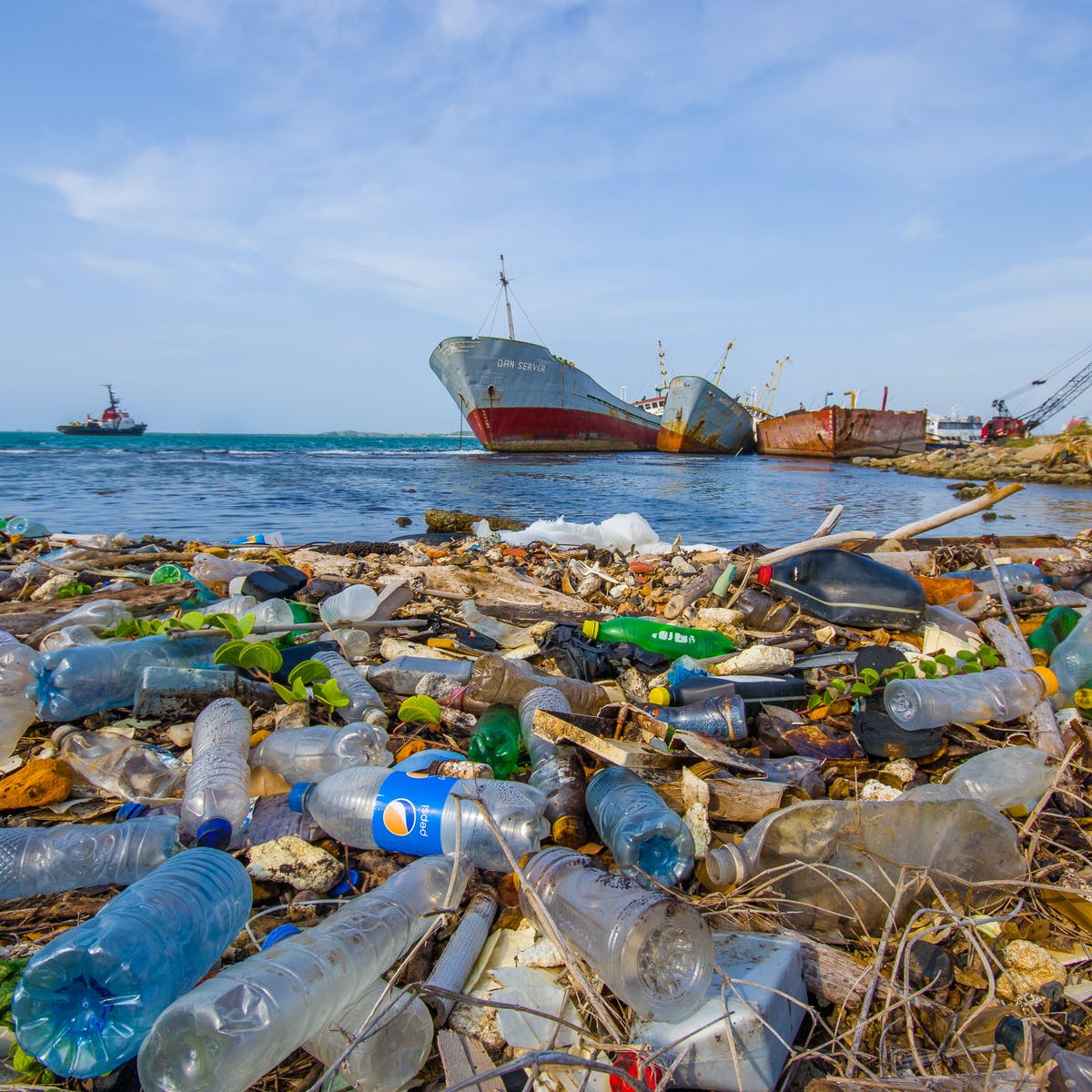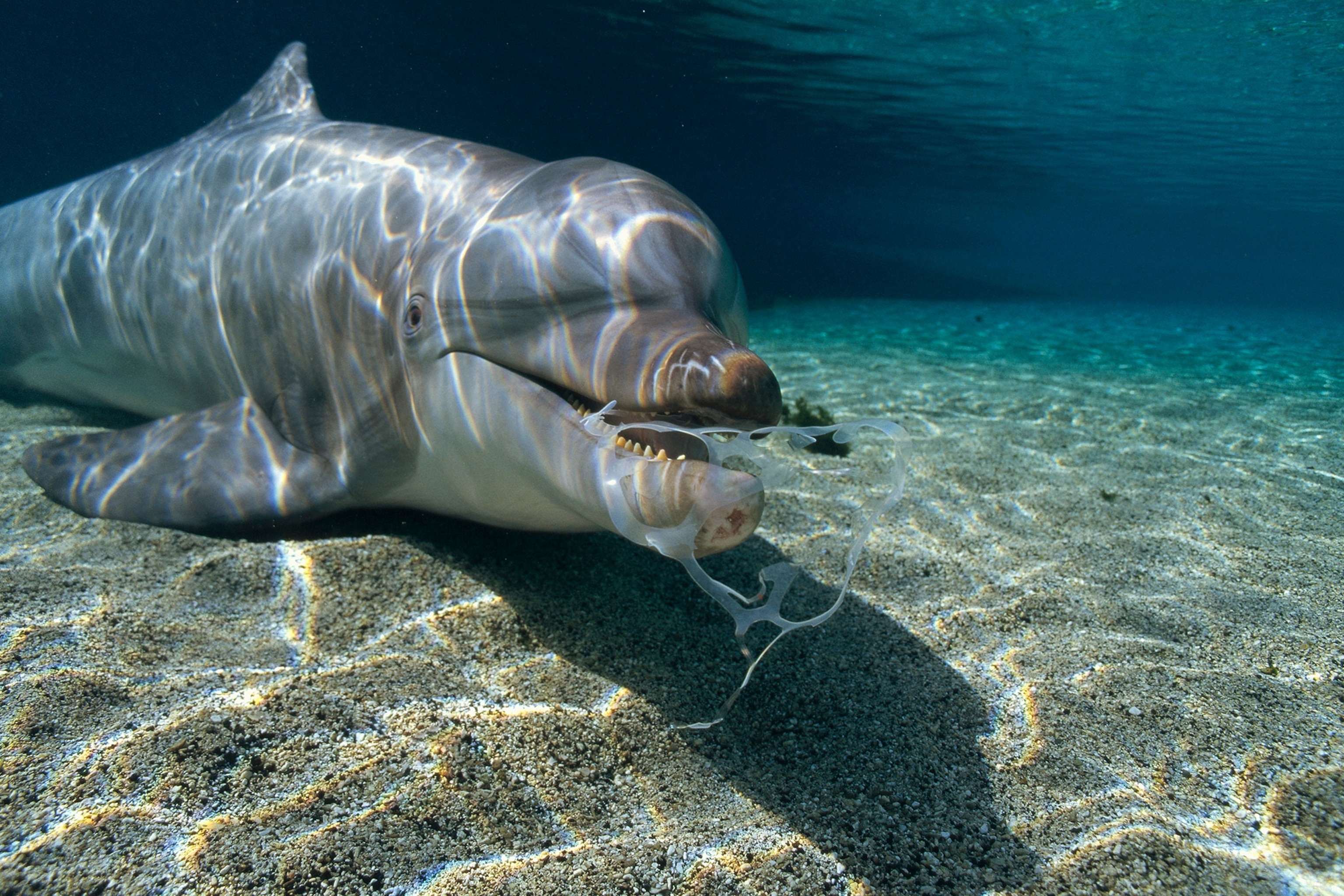The Truth About Plastic
Photos



Plastic production
Every year, over 300 million tons of plastic are produced. One half of this amount of plastic is turned into non-renewable items such as plastic bags, packaging, cups, straws, etc., and of that, about 3% of what is produced ends up in the ocean. That means over 8 million tons of plastic end up in the ocean. Plastic is composed of petroleum. Petroleum emits carbon dioxide into the air when it is burned, which heavily contributes to the accumulation of carbon emissions in the atmosphere. This means that, even if plastic does not end up in the ocean, once it is done being used, it is negatively contributing to global warming instead. Here are a few examples of the most common source types of plastic production:
- Plastic pellets
- Synthetic textiles
- Tires
- Personal care products
- Information retrieved from IUCN
Effects of Plastic on the Environment
The use of plastic bags has become so widespread, that a significant amount of plastic waste ends up in nature whether in a city, forest, or water. Plastic pollution can have effects on a multitude of things including climate change, human health, and economics and tourism. The largest problem is probably the effect that plastic pollutiom has is on the oceans and marine life. When a plastic bag is littered, no matter how far inland, it can be carried to the sea by wind and rivers. Millions of different animals are harmed or killed from plastic polluting the waters. Many animals such as fish, birds, turtles, whales, etc. will consume this plastic thinking it is edible. This causes animals to starve, or it may physically damage their internal organs.
| Animal | How it is affected by plastic bags | Endangered (Y or N) |
|---|---|---|
| Turtles | Over 1000 die every year | Yes |
| Whale Sharks | Plastic piles up in the stomach and prevents nutrient intake | Yes |
| Seagulls | Plastic may puncture organs | No |
| Citations: Ocean Blue Project |